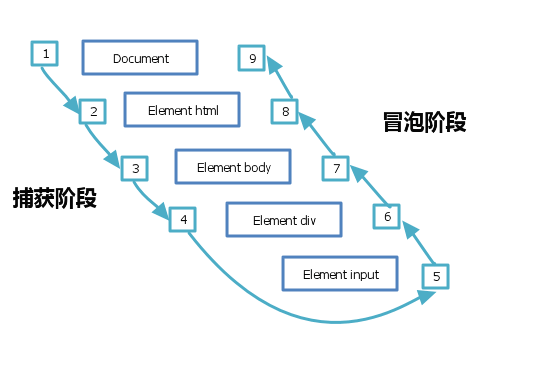要在React单元测试中模拟点击浏览器返回按钮时触发popstate事件,你可以使用jsdom库来模拟浏览器环境。以下是一个示例,展示如何在测试中模拟点击浏览器返回按钮并触发popstate事件:
假设你有一个组件,名为MyComponent,其中包含了一个返回按钮。你希望测试点击该按钮后是否能够模拟触发popstate事件。
// MyComponent.js
import React from 'react';
const MyComponent = () => {
const handleGoBack = () => {
window.history.back();
};
return (
<div>
<button onClick={handleGoBack}>Go Back</button>
</div>
);
};
export default MyComponent;
下面是如何编写测试用例,模拟点击按钮后触发popstate事件:
// MyComponent.test.js
import React from 'react';
import { render, screen, fireEvent } from '@testing-library/react';
import '@testing-library/jest-dom/extend-expect'; // Optional, for better assertion messages
import MyComponent from './MyComponent';
describe('MyComponent', () => {
it('should simulate popstate event on browser back button click', () => {
const { container } = render(<MyComponent />);
// Mock the popstate event
const popstateEvent = new Event('popstate');
window.dispatchEvent(popstateEvent);
// Verify that the button is rendered
expect(screen.getByText('Go Back')).toBeInTheDocument();
// Simulate button click
fireEvent.click(screen.getByText('Go Back'));
// Verify that the popstate event was triggered
expect(popstateEvent.defaultPrevented).toBe(true);
});
});
在这个测试中,我们首先渲染了MyComponent,然后模拟了一个popstate事件,并使用fireEvent.click模拟点击“Go Back”按钮。在测试结束后,我们验证popstate事件是否被正确触发。
需要注意的是,在实际应用中,浏览器环境下会自动触发popstate事件。在测试中,我们使用了jsdom来模拟浏览器环境,并手动触发了popstate事件。这里的重点是确保popstate事件被正确地触发和处理。
这就是如何在React单元测试中模拟点击浏览器返回按钮并触发popstate事件的基本示例。根据你的项目需要,你可能需要进行一些额外的调整。
3













